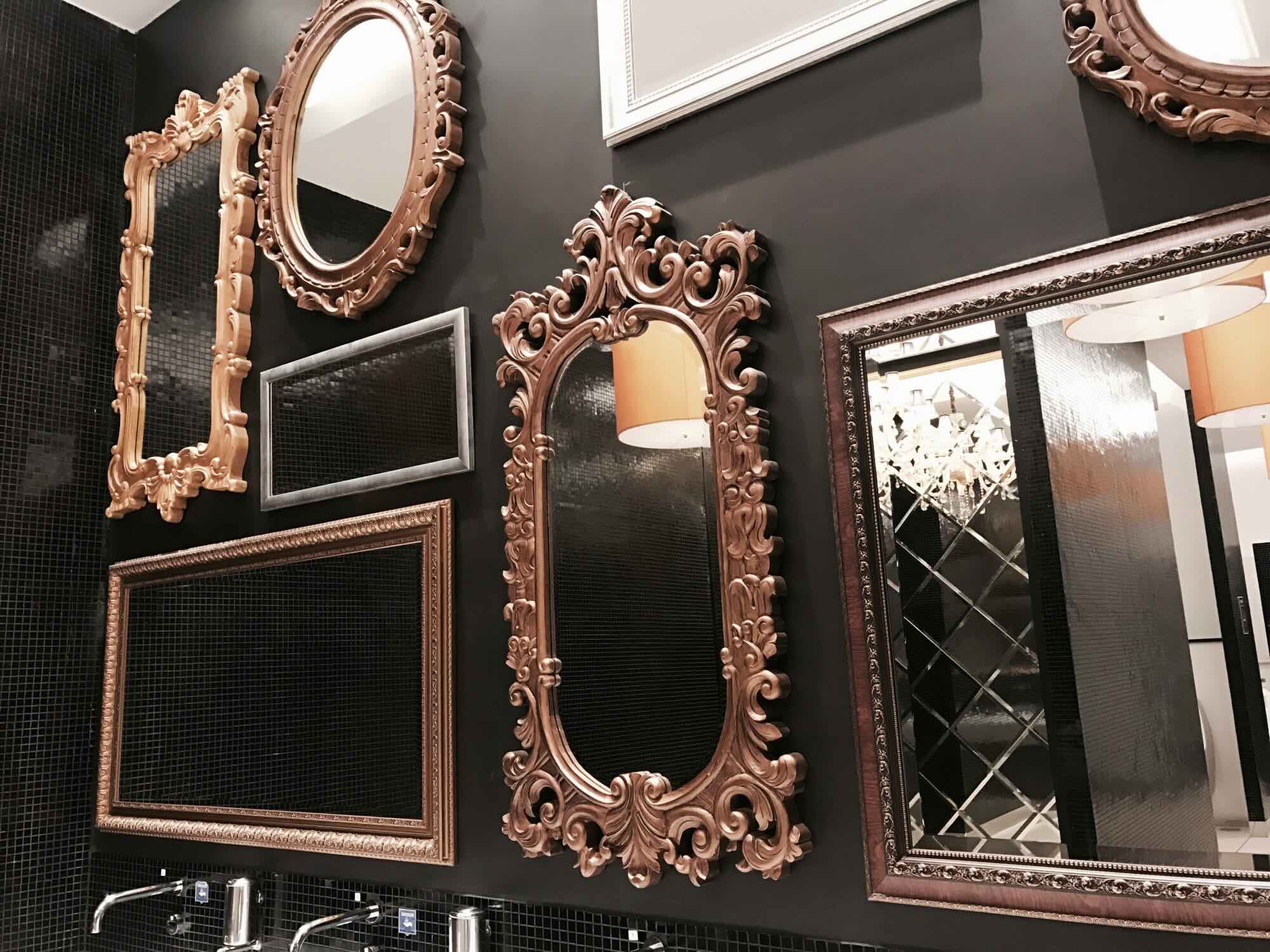

Articles
What Are The 3 Types Of Mirrors
Modified: January 5, 2024
Discover the three types of mirrors ⭐ and learn how they work in our informative articles. Explore the characteristics and applications of plane, concave, and convex mirrors today!
(Many of the links in this article redirect to a specific reviewed product. Your purchase of these products through affiliate links helps to generate commission for Storables.com, at no extra cost. Learn more)
Introduction:
Mirrors are fascinating objects that have been used by humans for centuries. They serve a variety of purposes, from personal grooming to scientific experiments. But have you ever wondered about the different types of mirrors and how they work?
In this article, we will explore the three main types of mirrors: plane mirrors, concave mirrors, and convex mirrors. Each of these mirrors has unique properties and uses, making them essential in different applications.
So, let’s embark on this enlightening journey to discover the world of mirrors and gain a deeper understanding of their functionality and significance.
Key Takeaways:
- Understanding the three main types of mirrors – plane, concave, and convex – provides insights into their unique properties and diverse applications, from personal grooming to scientific discoveries and road safety.
- Mirrors go beyond mere reflection, playing a vital role in our everyday lives, contributing to safety, aesthetics, and scientific advancements. They reflect not just our physical appearance but also human ingenuity and innovation.
Read more: What Are The 3 Types Of Thermostat?
Plane Mirrors:
Plane mirrors are the most common type of mirror that we encounter in our daily lives. They have a flat, reflective surface and produce images that are virtual, upright, and the same size as the object being reflected.
The smooth surface of a plane mirror allows light to bounce off it in a process called reflection. The angle at which the light hits the mirror is equal to the angle at which it is reflected. This is known as the law of reflection.
One interesting characteristic of plane mirrors is that they create the illusion of depth. When you stand in front of a plane mirror, it appears as though there is an exact image of yourself behind the mirror. However, this image is not real but a result of the reflection.
Plane mirrors have numerous practical applications. They are commonly used in households for personal grooming, applying makeup, and checking one’s appearance. They are also utilized in the scientific field for experiments and demonstrations.
Another significant use of plane mirrors is in optical instruments such as telescopes and periscopes. These devices use multiple plane mirrors to redirect and focus light, allowing us to observe distant objects or see around corners.
Overall, plane mirrors play a vital role in our everyday lives by providing a reflective surface for various purposes and contributing to the innovation of optical instruments.
Concave Mirrors:
Concave mirrors, also known as converging mirrors, have a curved reflective surface that bulges inward. The center of the mirror is the thickest point, and as you move towards the edges, it gradually becomes thinner.
Unlike plane mirrors, concave mirrors have unique reflective properties that cause light rays to converge towards a focal point. This focal point is located in front of the mirror and differs depending on the curvature of the mirror.
This convergence of light rays allows concave mirrors to produce both real and virtual images. When an object is placed beyond the focal point, a real, inverted, and diminished image is formed. On the other hand, if the object is placed between the mirror and the focal point, a virtual, upright, and magnified image is created.
Concave mirrors have a wide range of applications across various fields. One of the primary uses is in telescopes and microscopes, where they are utilized to gather and focus light for observation and magnification.
In the field of medicine, concave mirrors are used in dental clinics to reflect light and enhance visibility during oral examinations and procedures. They are also employed in ophthalmic instruments to examine the eye and diagnose potential vision problems.
Concave mirrors find their application in the automotive industry as well. They are used in headlights to reflect and direct light, improving visibility for drivers at night or in adverse weather conditions.
Overall, concave mirrors possess unique properties that make them indispensable in various scientific, medical, and automotive applications, contributing to advancements in multiple fields.
Tip: The 3 types of mirrors are concave, convex, and plane. Concave mirrors curve inward and can focus light, while convex mirrors curve outward and can spread light. Plane mirrors have a flat surface and produce virtual images.
Convex Mirrors:
Convex mirrors, also known as diverging mirrors, have a curved reflective surface that bulges outward. Unlike concave mirrors, convex mirrors are thicker at the edges and thinner towards the center.
Convex mirrors have distinctive properties that make them useful in different scenarios. When light rays strike a convex mirror, they diverge or spread out. This divergence causes the images formed by convex mirrors to be virtual, upright, and smaller than the actual object being reflected.
One of the primary applications of convex mirrors is in the realm of road safety. They are commonly used as side-view mirrors on vehicles. The convex shape allows for a wider field of view, reducing blind spots and enhancing safety for drivers.
Convex mirrors are also utilized in security systems and surveillance cameras. Their wide-angle reflection enables a broader coverage area, making them ideal for monitoring large spaces such as parking lots, shopping malls, and public areas.
In addition to security purposes, convex mirrors find application in decorative and architectural designs. They can create an illusion of spaciousness in small areas by reflecting light and expanding the perceived size of a room. Convex mirrors are often used as decorative elements in interior design to add visual interest and create an atmosphere of elegance.
Moreover, convex mirrors play a crucial role in various scientific experiments, particularly in the field of optics. They are used in instruments like magnifying glasses and certain types of telescopes to magnify objects and observe distant celestial bodies.
Convex mirrors, with their unique reflective properties and wide range of applications, have become an integral part of our everyday lives, contributing to safety, security, and visual aesthetics.
Conclusion:
Mirrors, in their various forms, have not only become commonplace in our daily lives but also serve essential functions in science, technology, and aesthetics. Understanding the three main types of mirrors – plane mirrors, concave mirrors, and convex mirrors – provides us with knowledge about their unique properties and applications.
Plane mirrors, with their flat, reflective surfaces, create virtual images that appear the same size and upright as the object being reflected. They find widespread use in personal grooming, scientific experiments, and optical devices.
Concave mirrors, on the other hand, have a curved inward shape that converges light rays towards a focal point. This property enables them to produce both real and virtual images, making them valuable in telescopes, microscopes, medical instruments, and automotive headlights.
Convex mirrors, with their outward curved shape, diverge light rays and create virtual, upright, and smaller images. They are commonly used for road safety, surveillance systems, architectural design, and optical instruments.
Each type of mirror serves a specific purpose and contributes to different aspects of our lives. Whether it’s for personal grooming, enhancing safety, enabling scientific discoveries, or adding aesthetic appeal to our surroundings, mirrors play an indispensable role.
So, the next time you look in the mirror, take a moment to appreciate its significance beyond mere reflection. Reflect on the knowledge gained about the three types of mirrors and how they shape our perception of the world around us.
Mirrors truly reflect not just our physical appearance, but also the ingenuity and innovation of human civilization.
Frequently Asked Questions about What Are The 3 Types Of Mirrors
Was this page helpful?
At Storables.com, we guarantee accurate and reliable information. Our content, validated by Expert Board Contributors, is crafted following stringent Editorial Policies. We're committed to providing you with well-researched, expert-backed insights for all your informational needs.
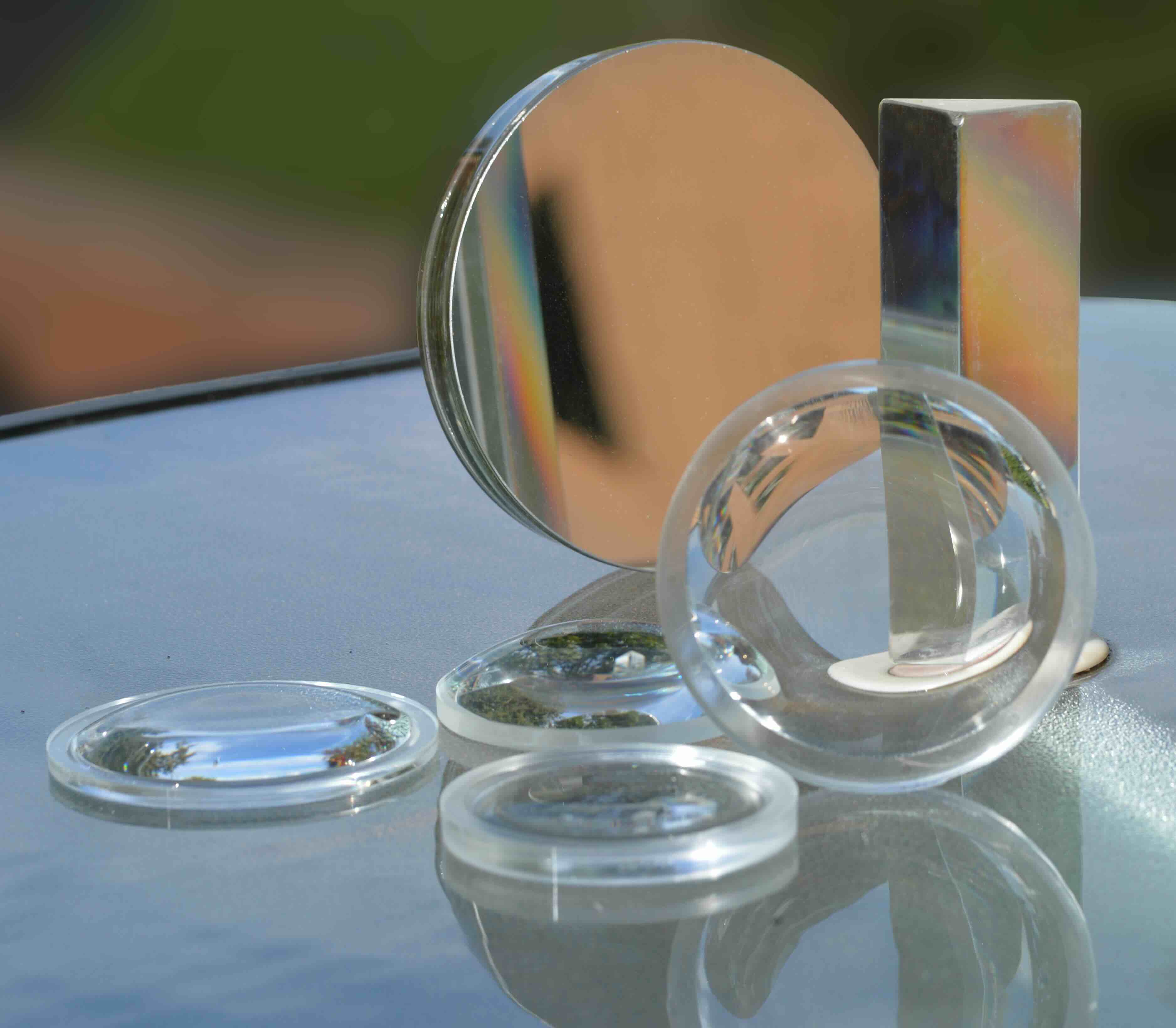
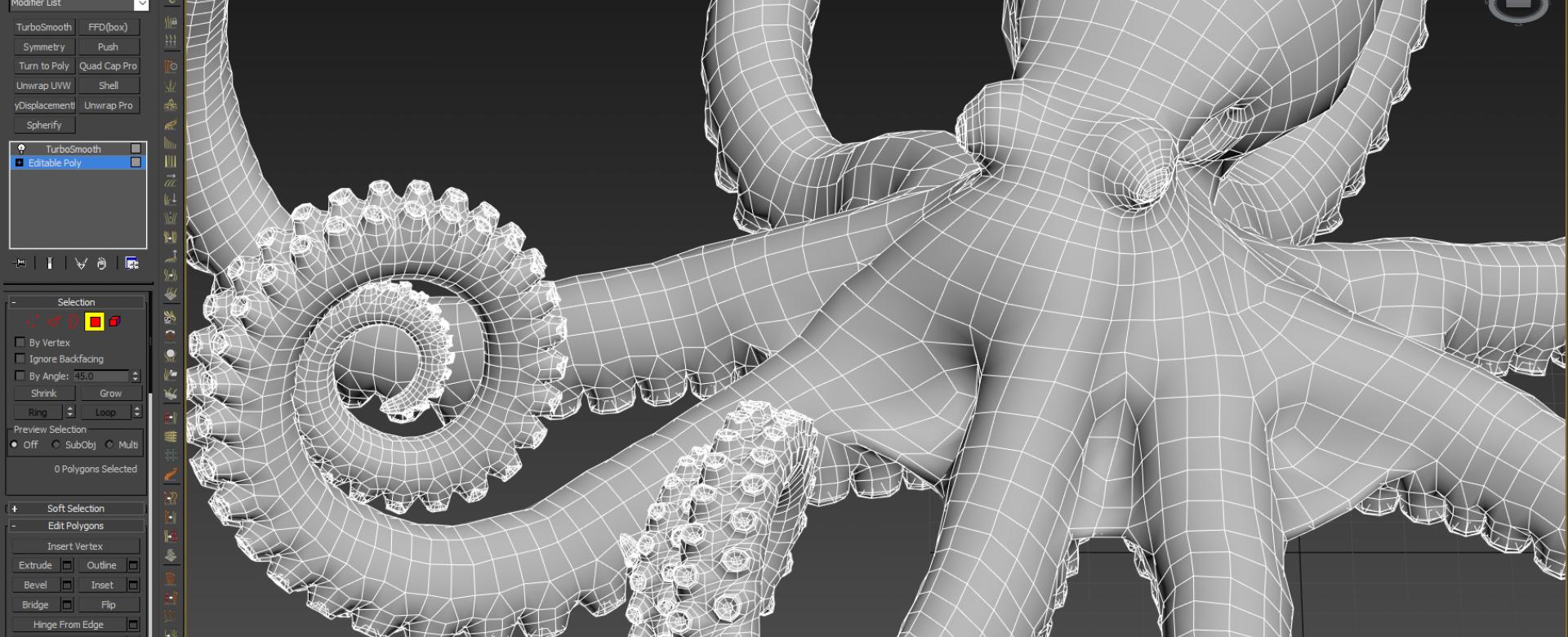

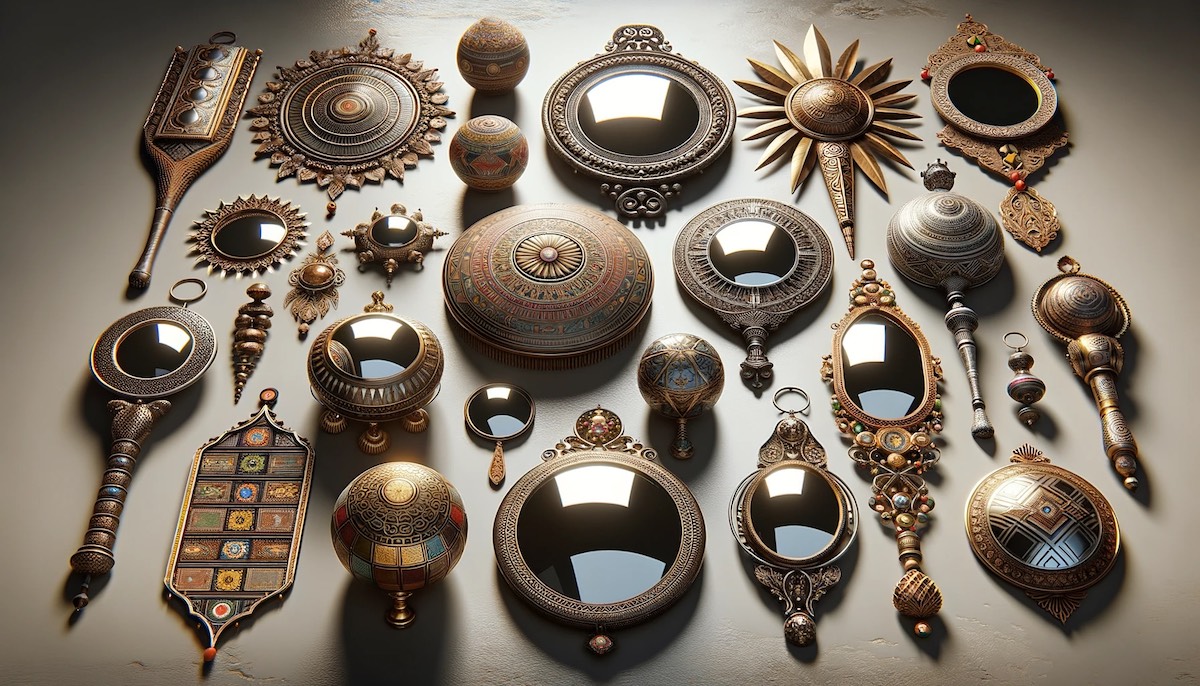
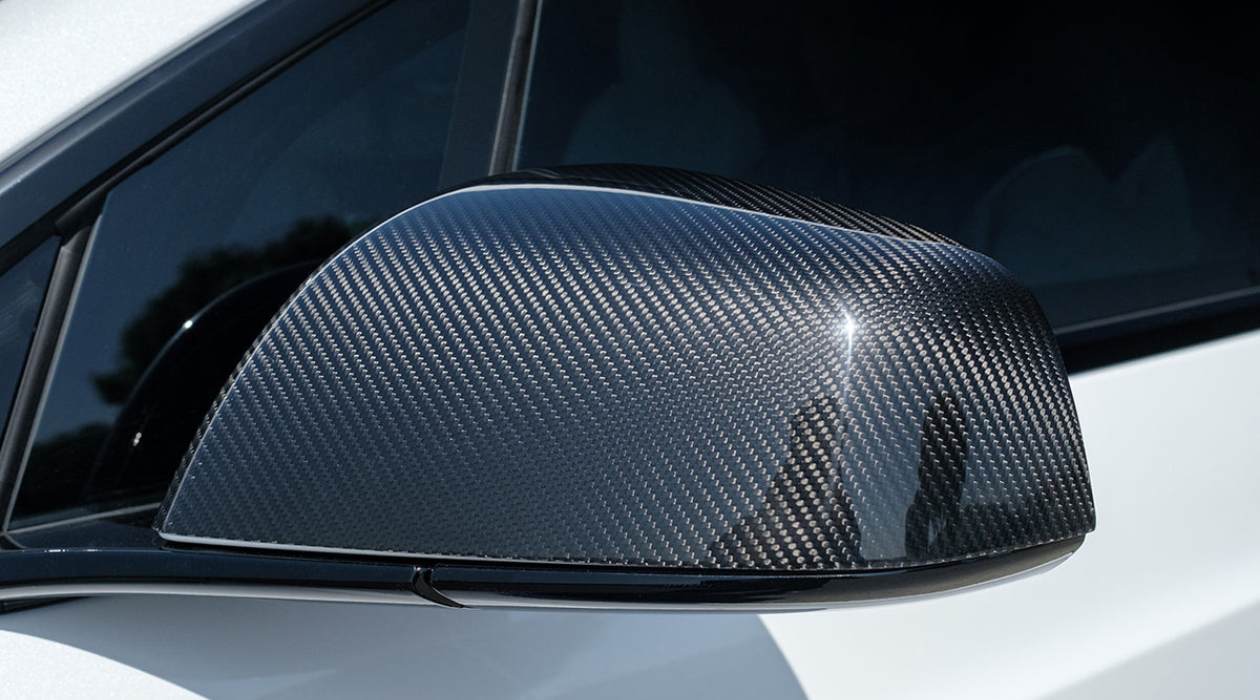






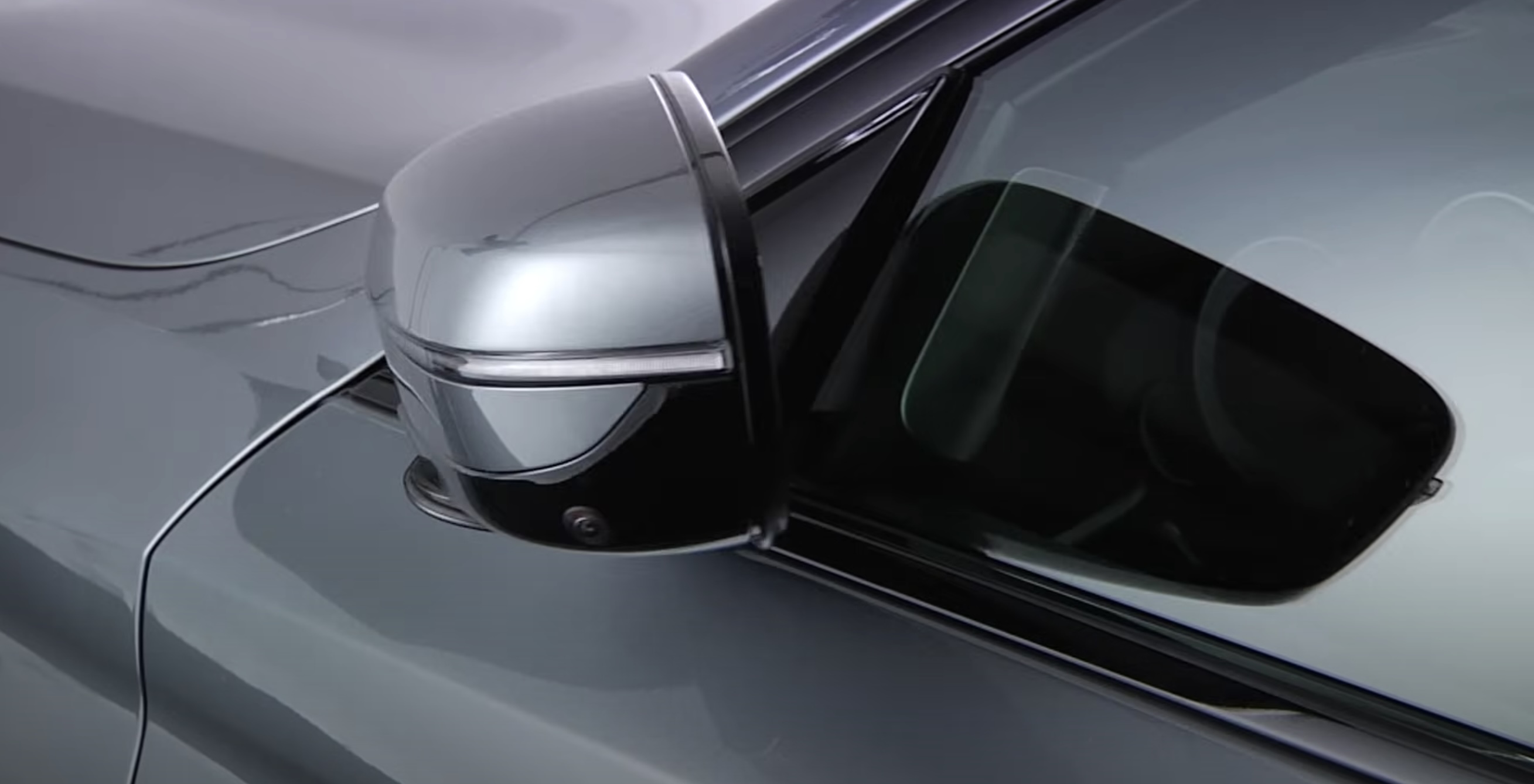

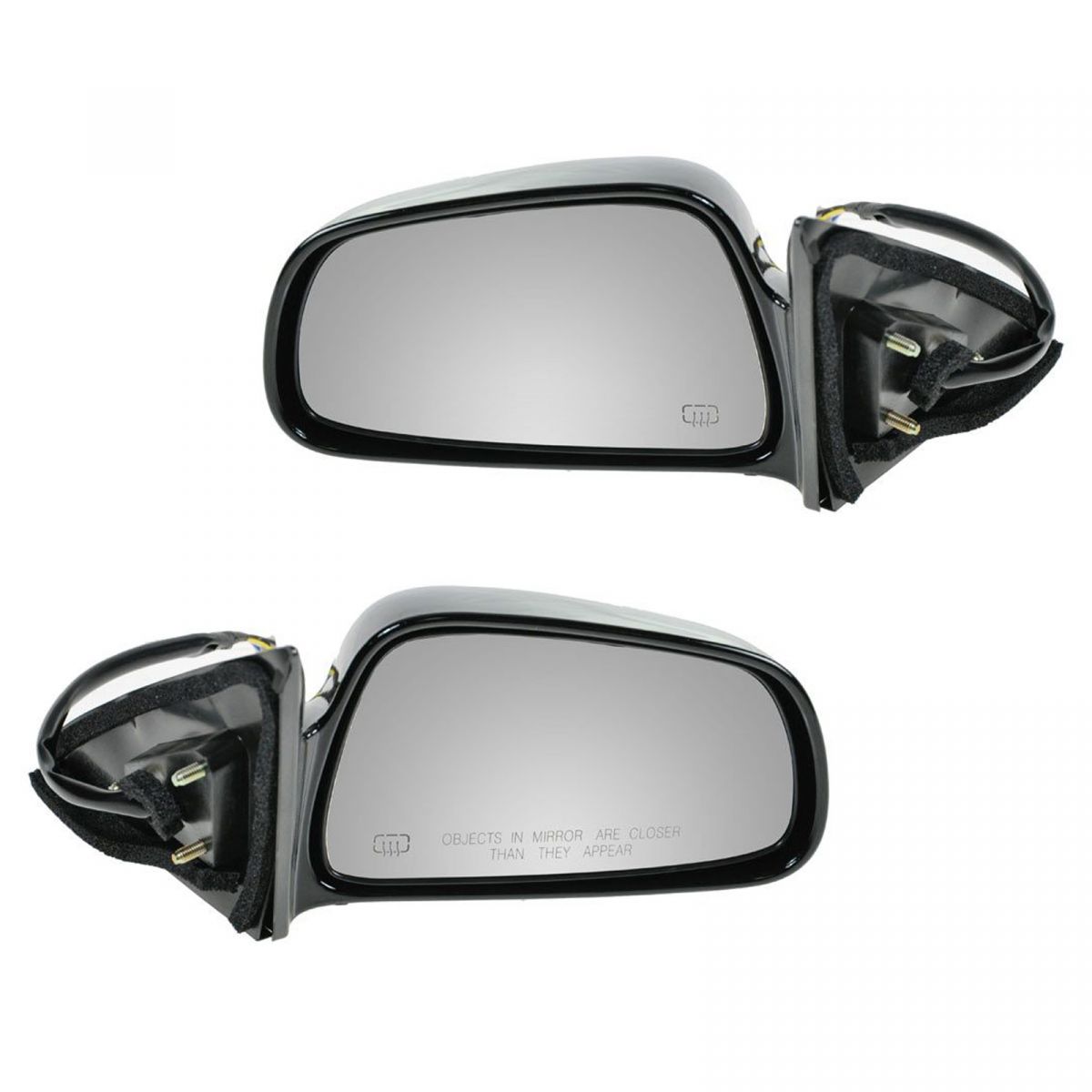
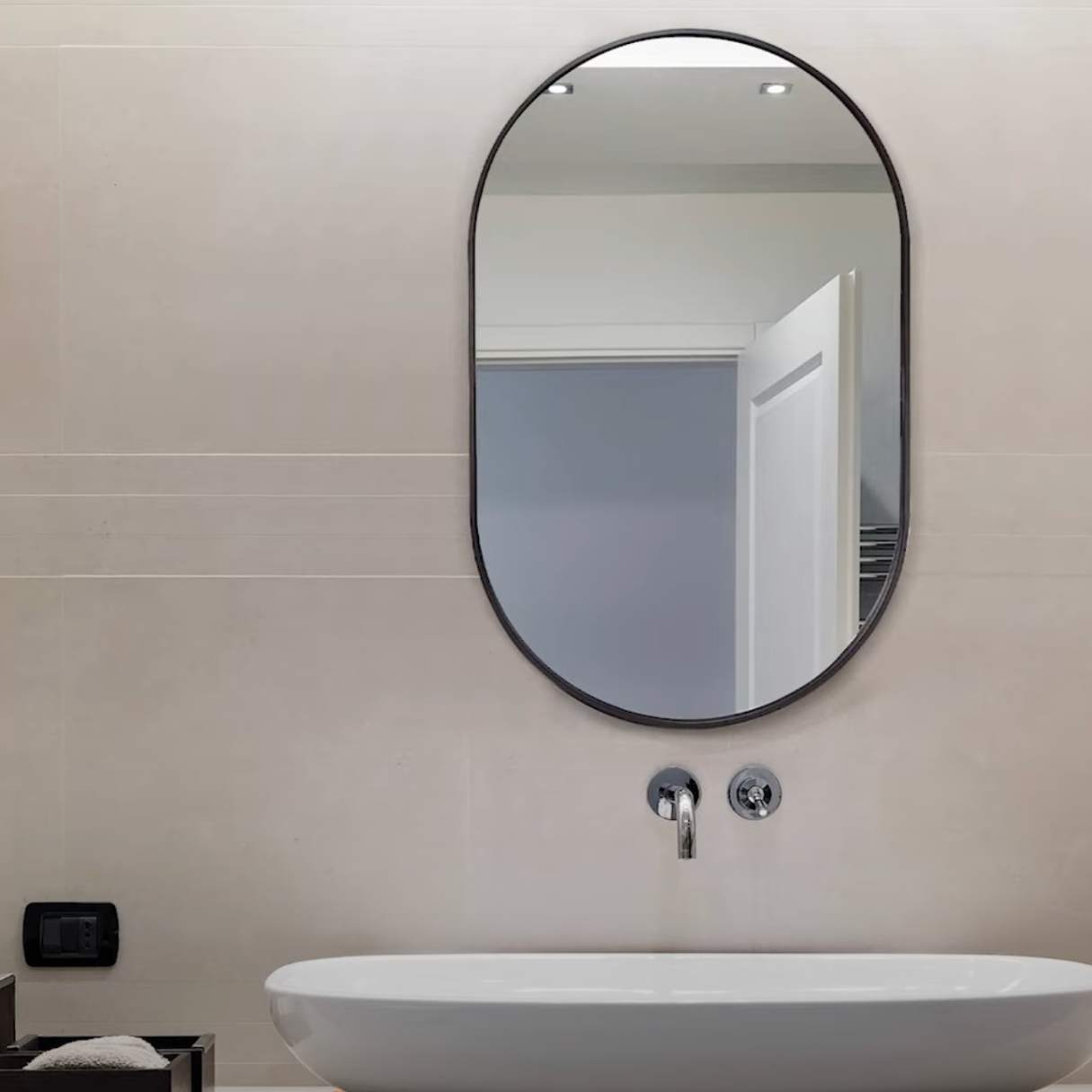

0 thoughts on “What Are The 3 Types Of Mirrors”